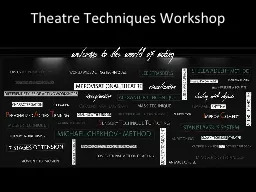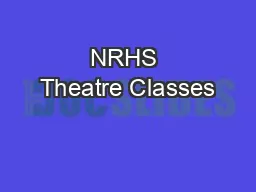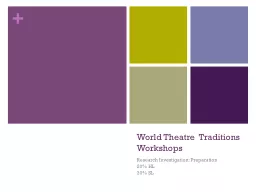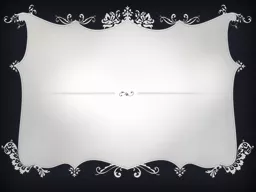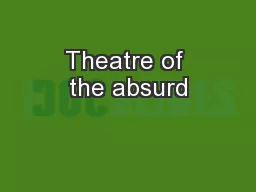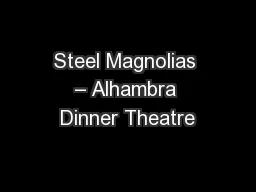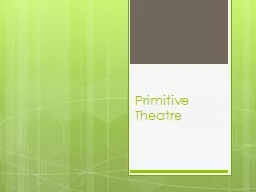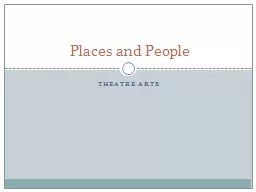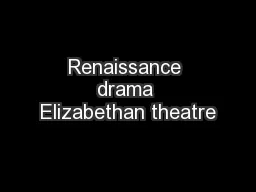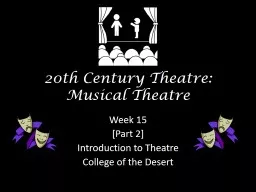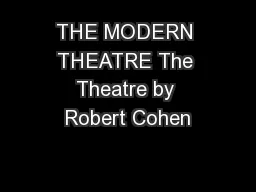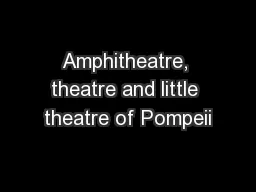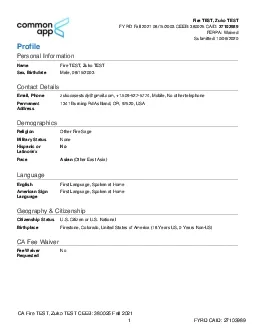PPT-Theatre Techniques Workshop
Author : myesha-ticknor | Published Date : 2016-05-15
CrossCutting 2 scenes are intercut to establish continuity Two scenes are performed at the same time using separate areas of the stage The technique is used to highlight
Presentation Embed Code
Download Presentation
Download Presentation The PPT/PDF document "Theatre Techniques Workshop" is the property of its rightful owner. Permission is granted to download and print the materials on this website for personal, non-commercial use only, and to display it on your personal computer provided you do not modify the materials and that you retain all copyright notices contained in the materials. By downloading content from our website, you accept the terms of this agreement.
Theatre Techniques Workshop: Transcript
Download Rules Of Document
"Theatre Techniques Workshop"The content belongs to its owner. You may download and print it for personal use, without modification, and keep all copyright notices. By downloading, you agree to these terms.
Related Documents

